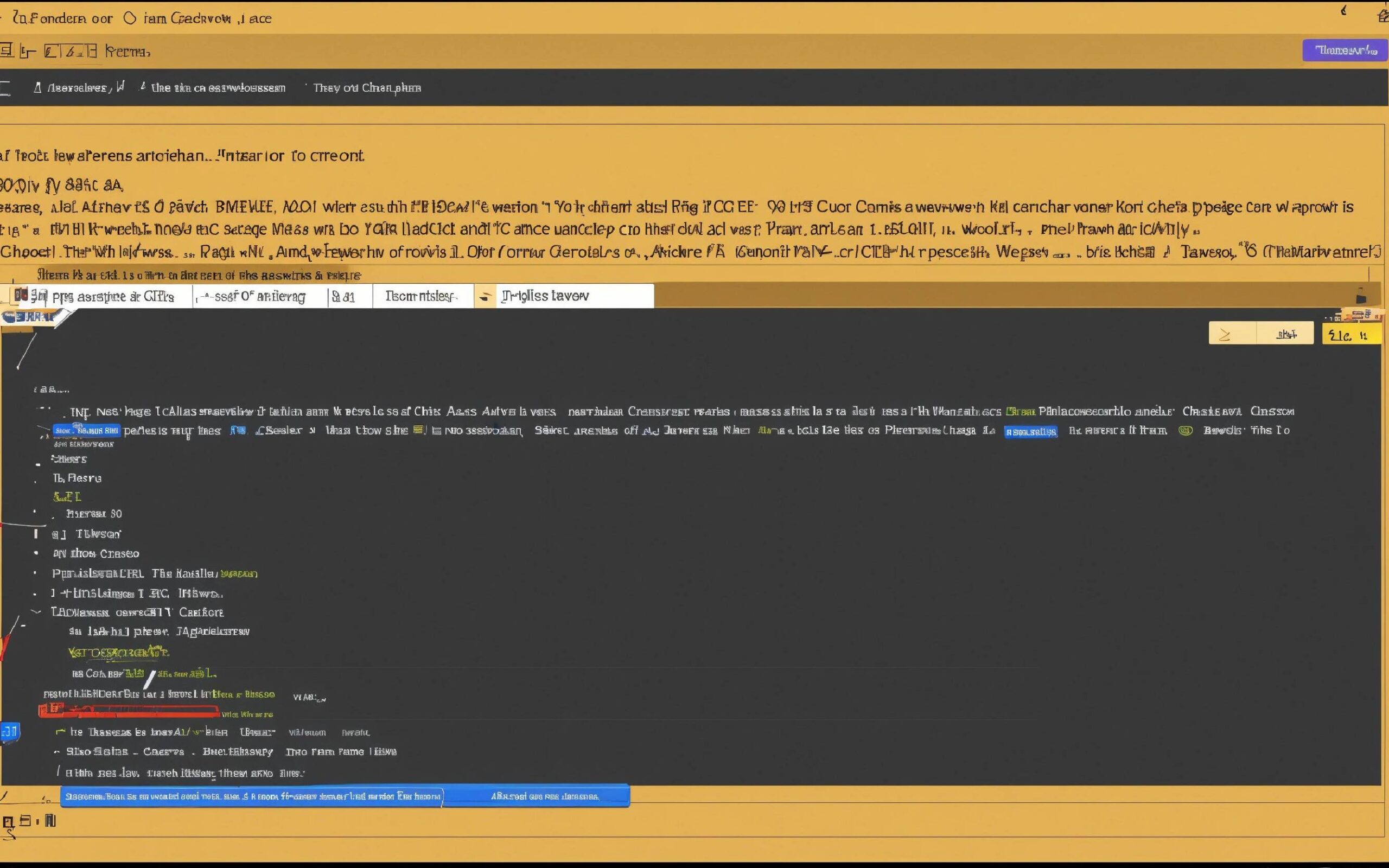Roofing Rank with Rapid URL Indexer: Every roofing company wants good search engine results, but it takes more work to start than done. The roofing business is quite competitive; waiting for search engines to index your website can make it feel like you are seeing paint dry. Rapid URL indexers then become useful. These strong tools can assist your pages in getting detected more quickly, raising your chances of rising in the search results. This post will review how fast URL indexers improve your roofing website, how to utilise them efficiently, and further SEO techniques to guarantee long-term success.
Understanding URL Indexing
What is URL Indexing?
URL indexing is the process by which search engines such as Google, Bing, and Yahoo locate, evaluate, and save your website pages into their databases. Any website should be indexed since indexed pages qualify to show on search engine results pages (SERPs). Without indexing, your site stays hidden from possible users.
Why is Indexing Essential for Roofing Websites?
For roofing companies, fast website indexing might make all the difference. Local SEO is where roofing excels; being visible in search results generates more leads, customers, and income. Here are the reasons indexing is especially important:
Most roofing queries are local, such as “roof repair near me,” and indexing guarantees your site will be up right away.
Competitive Market: Roofing is a saturated niche. If your site is not indexed, it will lose potential clients to rivals.
Rapid indexing results in faster client acquisition, allowing your material to draw traffic faster and rapidly transform visitors into clients.
What is a Rapid URL Indexer?
Tools designed to speed up the process of having search engines index your web pages are rapid URL indexers. They operate by alerting search engines to your material, which causes them to crawl and save your pages in their index far more quickly than conventional techniques.
How Does a Rapid URL Indexer Work?
You send the indexer URLs of your website pages.
Alerting search engines to the existence of fresh or revised content, the indexer pings them.
Search engines visit your URLs, crawl the pages, and then examine the content.
Once crawled, your pages are housed in the search engine’s database and qualify to show up in search results.
Popular Rapid URL Indexers
IndexMeNow provides a quick, dependable solution with proven efficiency and effectiveness.
Promises to index your pages within an hour offer a rapid turnaround.
Provides complete indexing services, including API connectivity for large inputs using an instant link indexer.
Focuses on fast and safe indexing to cut the wait time for your pages to appear in SERPs.
Benefits of Using Rapid URL Indexers for Roofing Websites
Faster Ranking
In the hectic roofing industry, rapid indexing can greatly reduce the time it takes for your content to appear in search results. Faster ranking leads to more visibility and faster customer acquisition.
Staying Ahead of Competitors
Being the first to rank in a competitive field like roofing can make a big difference. Rapid indexers provide that edge, enabling you to outperform rivals utilising antiquated, slower indexing techniques.
Improved SEO Performance
Search engines find indexed pages, thereby affecting your SEO performance immediately. Fast indexing guarantees that your best material reaches search engines more quickly, improving rankings over time.
Increased Website Traffic
The more quickly your pages are indexed, the sooner they will attract visitors. Quick URL indexing results in higher visibility, which attracts more visitors to your website and improves your overall SEO approach.
Enhanced Lead Generation
Increased leads follow from increased traffic. This translates to roofing companies having more questions, prices, and work. This depends mostly on fast indexing to guarantee your material is ready to grab possible customers.
Quicker Return on Investment (ROI)
Though quick indexing helps reduce this cycle, SEO expenditures take time to show benefits. Your SEO efforts will show a faster return the faster your material is live and visible.
Step-by-Step Guide to Using Rapid URL Indexers
Optimise Your Content for SEO
Make sure your stuff is SEO-friendly before indexing. Here is a short checklist:
Emphasise long-tail keywords to attract targeted traffic. Integrate roofing-specific phrases, including “roof installation, “roof repair,” and “roof upkeep.”
Create interesting meta descriptions so search engines can grasp your material and draw users’ attention.
Organise your material using H1, H2, and H3 tags to improve SEO and readability.
Guide users to other pertinent pages on your website, enhancing user experience and lowering bounce rates.
Choose the Right URL Indexer for Your Needs
Every indexer has certain special qualities. Popular choices are briefly compared here:
Ideal for individuals looking for a quick, simple fix free of cumbersome installations, IndexMeNow
One-hour indexing is the best for urgent indexing requirements with a one-hour claimed turnaround.
The Instant Link Indexer is perfect for those wanting comprehensive statistics and large uploads.
Speed Links: offers quick, safe indexing free of damage to your site’s reputation.
Submit Your URLs to the Indexer
You then need to submit your URLs following your indexer’s choice. This method usually entails copying and pasting your URLs into the indexer’s dashboard and pressing “Submit.” Most applications include a means to monitor the state of your entries.
Monitor Your Indexing Status
Correct indexing of your pages depends on monitoring. Check which pages are indexed using Google Search Console and find any problems that need attention. This utility offers information on your website’s performance, including indexing situation and crawl mistakes.
Re-Submit if Necessary
A page might not index at all on the first try. If you see any delays or problems, don’t hesitate to re-submit URLs. Frequent monitoring keeps your indexing efforts in good shape.
Regularly Update Your Content and Re-Index
Search engines like new, current material. Re-indexing your regularly updated roofing blog, service pages, or FAQs will help to maintain your site’s highly ranked relevance.
Common Mistakes to Avoid with Rapid URL Indexing
Submitting Poor-Quality Content
If your material needs to be of better quality, rapid indexing won’t help rankings. Instead, emphasise producing useful educational materials that cover typical roofing issues, concerns, and answers.
Over-Submitting URLs
Sending too many URLs at once could make your site seem spammy and run your search engine penalty risk. Sort your entries and then concentrate on indexing highly important pages first.
Ignoring Technical SEO
Rapid indexing technologies increase visibility, but they do not solve technical SEO problems. Make sure your site has a strong technical foundation, including fast loading times, mobile responsiveness, and no broken links.
Using Only Indexers for SEO
One facet of SEO is indexing. However, to propel long-term success, you must prioritise other techniques, including content generation, link building, and on-page SEO.
Advanced SEO Strategies for Roofing Websites
Integrate fast URL indexing with sophisticated SEO techniques to completely leverage the possibilities of your roofing website:
Mastering Local SEO for Roofers
Roofing companies serving particular locations must have local SEO. This is how you control local search results:
Claim and use your Google My Business profile to maximise it. Add correct business data, service specifics, and premium images.
Target local customers with keywords like “roof repair [your city].
Ask pleased consumers to submit reviews. Good reviews help to increase your credibility and impact local ratings.
Creating High-Quality Backlinks
Backlinks from credible websites serve as references, alerting search engines your material is worth reading. Here’s how to create them:
Create backlinks by guest writing on roofing and home improvement blogs.
Work with local businesses, such as home improvement providers, to trade backlinks in a complementary relationship.
Get backlinks by placing your company in local directories and industry-specific listings.
Implementing Schema Markup
Schema markup is coding meanforle search engines to understand your material better. Including roofing-specific schema will improve how your site shows in search results, raising click-through rates. Leveraging Content Marketing
Among the best strategies to increase visitors to your roofing website is content marketing. Here is the correct approach:
Types of Content That Work for Roofing Websites
In blog entries, share industry tips, common roofing issues, and maintenance pointers.
Case studies highlight finished projects to establish your knowledge and trustworthiness.
Detailed advice on subjects like “How to Choose the Right Roofing Contractor” draws search traffic and helps establish confidence.
Create interesting video material with roof inspections or repair demonstrations to grab audience interest and keep them on your website longer. Highly shareable videos can help you maximise YouTube so that more people visit your website.
Optimising for Voice Search
Voice search is becoming more popular; hence, your roofing company might have a competitive advantage by optimising it. Here is the method:
Use conversational keywords: Natural, conversational questions like “Who’s the best roofer near me?” voice searches typically ask.“
Create material that succinctly clearly addresses often-asked questions about roofing. Target these questions using sections on FAQs.
Pay attention to local phrases and terminology. Voice searches are often location-specific, and your material should include these.
Building a Mobile-Friendly Site
Much of roofing searches take place on mobile devices. A mobile-friendly website is not only a need; it is a must. Important stages comprise:
Ensure your website adjusts to several screen widths for the best user experience with responsive design.
Optimise images, apply caching, and cut code to boost load times.
Simplify your menu layout and ensure every link and button you use is easily tapped.
Enhancing User Experience (UX)
Reduced bounce rates and more conversions can follow from a great user experience. Important components of an excellent UX consist of the following:
Using clear call-to-action (CTA) buttons, make it simple for guests to get a price, set up an inspection, or contact your staff.
Professional images and videos of your work help to establish confidence and highlight your knowledge.
Organically guide users through your material using a neat, aesthetically pleasing layout.
The Future of SEO for Roofing Websites
Long-term success in the ever-changing field of SEO depends on keeping ahead of trends. Here’s a look at roofing SEO’s future and some tips for getting ready.
AI-Driven SEO
The search engine index and website rankings are being changed by artificial intelligence (AI). More intelligent tools like Google’s RankBrain emphasise user intent and content quality over mere keywords. Roofers should:
Use AI technologies like SurferSEO and Jasper to maximise material depending on search engine preferences and present trends.
Emphasise intent-based content—material addressing actual issues and problems instead.
Zero-Click Searches
Zero-click searches—where people find answers straight from the search results without moving on to a website—are more frequent. Using this, roofing locations can:
Mark your materials to show up in knowledge panels, answer boxes, and highlighted snippets using Structured Data.
Writing brief, direct responses to frequently asked queries at the start of your material will help you to stand out.
The Rise of Visual and Video SEO
Visual search—where consumers search using images rather than words—is becoming more popular. For roofing companies, this entails producing visually rich material and optimising photographs for search engines:
Descriptive file names, alt tags, and captions for your photographs will help them to rank better in image searches.
On sites like YouTube, perfect video names, descriptions, and tags to generate traffic back to your roofing website.
Core Web Vitals and Page Experience Updates
With Google’s focus on Core Web Vitals, page speed, interaction, and visual stability take the front stage. Roofing websites ought to emphasise the following:
Using performance monitoring tools will help you to find and fix slow-loading pages.
Reducing Cumulative Layout Shift (CLS) means that items on your website should be kept unannounced while they load.
Improving interactivity means your website reacts fast to user actions, including button clicks and form submissions.
Emphasising E-A-T: Expertise, Authority, and Trustworthiness
Google’s E-A-T policies centre on the legitimacy of your website. Roofers can raise their E-A-T by:
Clearly show medals, qualifications, and client quotes on your website.
Writing in-depth pieces about roofing methods, materials, and industry developments will help you establish yourself as an authority.
Keep contact details, company addresses, and service details open to establish confidence.
The Role of Rapid URL Indexers in Future SEO Strategies
As competition rises, fast URL indexers will be crucial for SEO going forward. You can include them in your long-term plan like follows:
Automation and API Integration
Advanced indexers offer API integration, allowing you to automate URL submissions and keep up with the rapid pace of content updates. This feature is invaluable for roofing businesses that regularly post new projects, blogs, or service updates.
Leveraging Indexers for Seasonal Content
As a seasonal industry, roofing sees surges in demand at specific times of the year (such as following a storm or during spring restorations). Use fast indexers to ensure your seasonal material—such as spring roof inspections or storm damage restoration services—gets indexed and ranked quickly.
Scaling Your SEO Efforts
Content volume increases with the size of your roofing company. By making sure fresh material is instantly exposed to potential customers, fast indexers help control this scaling and keep your competitive edge.
Measuring the Success of Your Indexing Efforts
Use Google Search Console
Tracking indexing success is best done with Google Search Console as your buddy. Use it for:
Track Index Coverage: Find any pages that require re-submission by looking at which have been indexed.
Examining clicks, impressions, and click-through rates will help you determine how well your indexed pages are doing.
Find and fix problems including “Crawled – Currently Not Indexed” or “Submitted URL Blocked by Robots.txt.”
Track Rankings and Traffic with SEO Tools
Track your ranks and natural traffic using tools like Ahrefs, SEMrush, and Moz to understand how well your quick indexing approach works. Seek:
See how your roofing-related keywords rank among search results.
Track backlinks to your indexed pages for quality and count.
Traffic Analysis: Identify areas for development and which pages generate the most traffic.
Analyse User Behavior
Crucially, you need to know how people engage with your material. Utilise analytics instruments to gauge:
High bounce rates suggest that your material falls short of user expectations.
Time on Page: Visitors are more involved with your material the more time they spend on your page.
Track visitor conversions into leads or clients to evaluate the calls to action on your website’s efficacy.
Conclusion:
The very competitive roofing market means that fast indexing of your material could be the difference your company requires. Fast URL indexers, content optimisation, and sophisticated SEO techniques will help your page show better, increase traffic, and finally help your bottom line.
In the always-changing field of SEO, one must be proactive and adopt new tools and approaches. Fast URL crawling is a strategic advantage that, when paired with a strong SEO campaign, may drive your roofing company to the top of the search results—not only a temporary fix. Start using these ideas to see how well your roofing website stands out.
FAQs
1. What is the best rapid URL indexer for roofing websites?
Roofing websites fit several fast URL indexers, including Instant Link Indexer, One Hour Indexing, and IndexMeNow. Your needs, budget, and preferred indexing speed will all help determine the best option.
2. How often should I submit my URLs for indexing?
Whenever you update current pages or post fresh material, send URLs. Regular entries guarantee all material is indexed quickly and help to keep your site relevant.
3. Can rapid URL indexing improve my rankings?
While it doesn’t directly boost rankings, rapid URL indexing helps your material appear in search results sooner. Better rankings depend on high-quality, search-engine-optimized content mixed with indexing.
4. Are there any risks associated with rapid URL indexers?
Overusing indexers or turning in poor-quality work could result in penalties. To prevent possible problems, emphasise excellent material and apply indexers deliberately.
5. How can I track which of my pages are indexed?
Track which pages are indexed using Google Search Console, then find any mistakes. This instrument offers insightful analysis of your site’s general performance and indexing situation.




